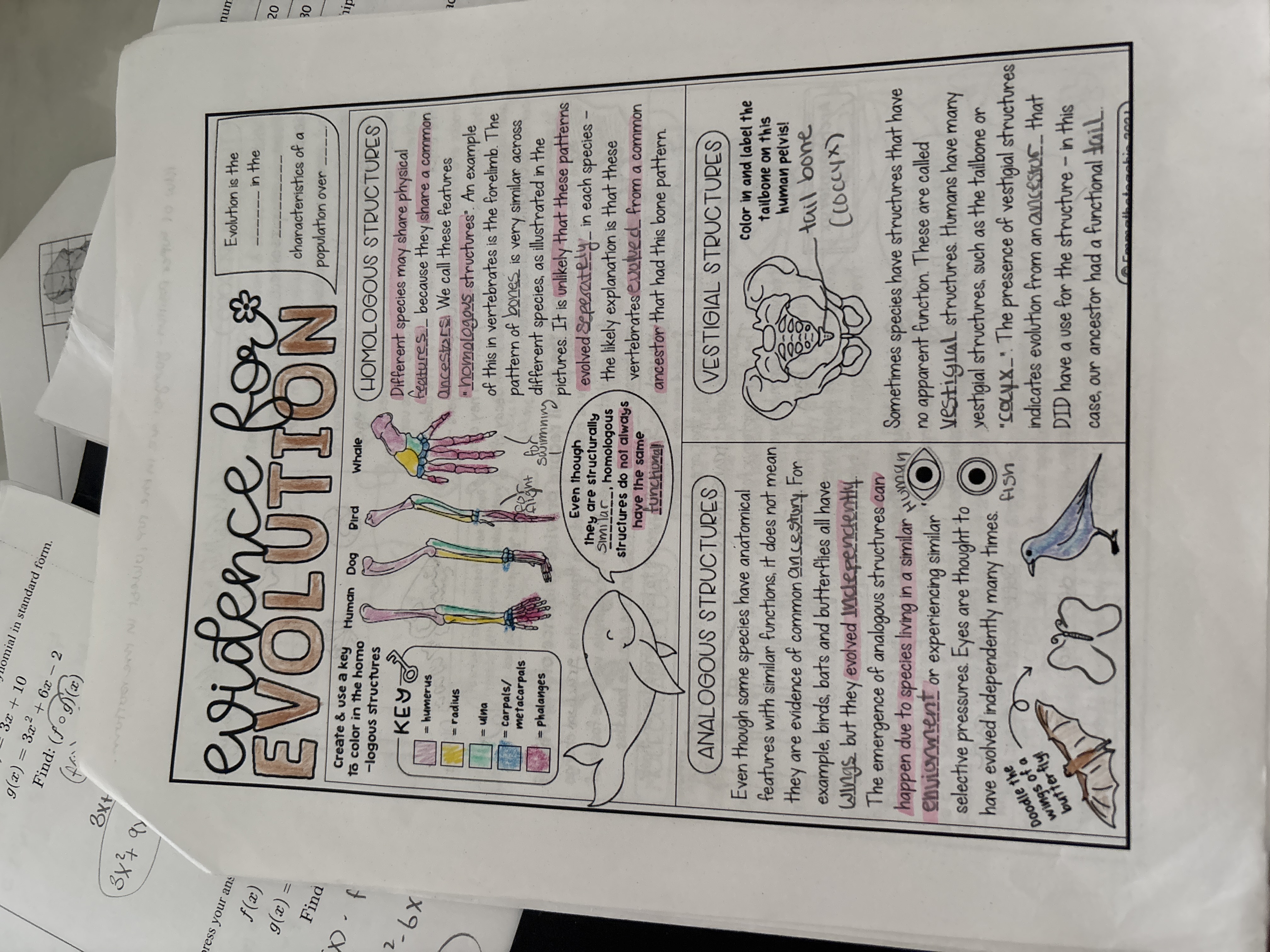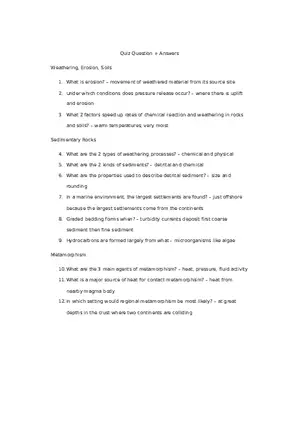(frien (x)
3xt
3xg 9)
evidence for s
Evolution is the
in the
(x)
EVOLUTION
characteristics of a
population over
Create & use a key
Human
Dog
Bird
Whale
to color in the homo
HOMOLOGOUS STRUCTURES
-logous structures
Different species may share physical
KEY
o
features because they share a common
= humerus
ancestors We call these features
= radius
homologous structures". An example
of this in vertebrates is the forelimb. The
= ulna
= carpals/
pattern of bones is very similar across
Dear
metacarpals
night
for
different species, as illustrated in the
= phalanges
swimning
pictures. It is unlikely that these patterns
Even though
evolved seperately in each species -
they are structurally
similar homologous
the likely explanation is that these
structures do not always
vertebratesevolved from a common
have the same
functional
ancestor that had this bone pattern
ANALOGOUS STRUCTURES
VESTIGIAL STRUCTURES
Even though some species have anatomical
color in and label the
tailbone on this
features with similar functions, it does not mean
human pelvis!
they are evidence of common ancestory For
tail bone
example, birds, bats and butterflies all have
(COCCY*)
wings but they evolved independently
The emergence of analogous structures can
Human
Sometimes species have structures that have
happen due to species living in a similar
no apparent function. These are called
environment or experiencing similar
vestigial structures. Humans have many
selective pressures Eyes are thought to
vestigial structures, such as the tailbone or
have evolved independently many times.
fish
"Colyx_" The presence of vestigial structures
Doodle the of
indicates evolution from an ancestor that
withing
DID have a use for the structure - in this
case, our ancestor had a functional tail


